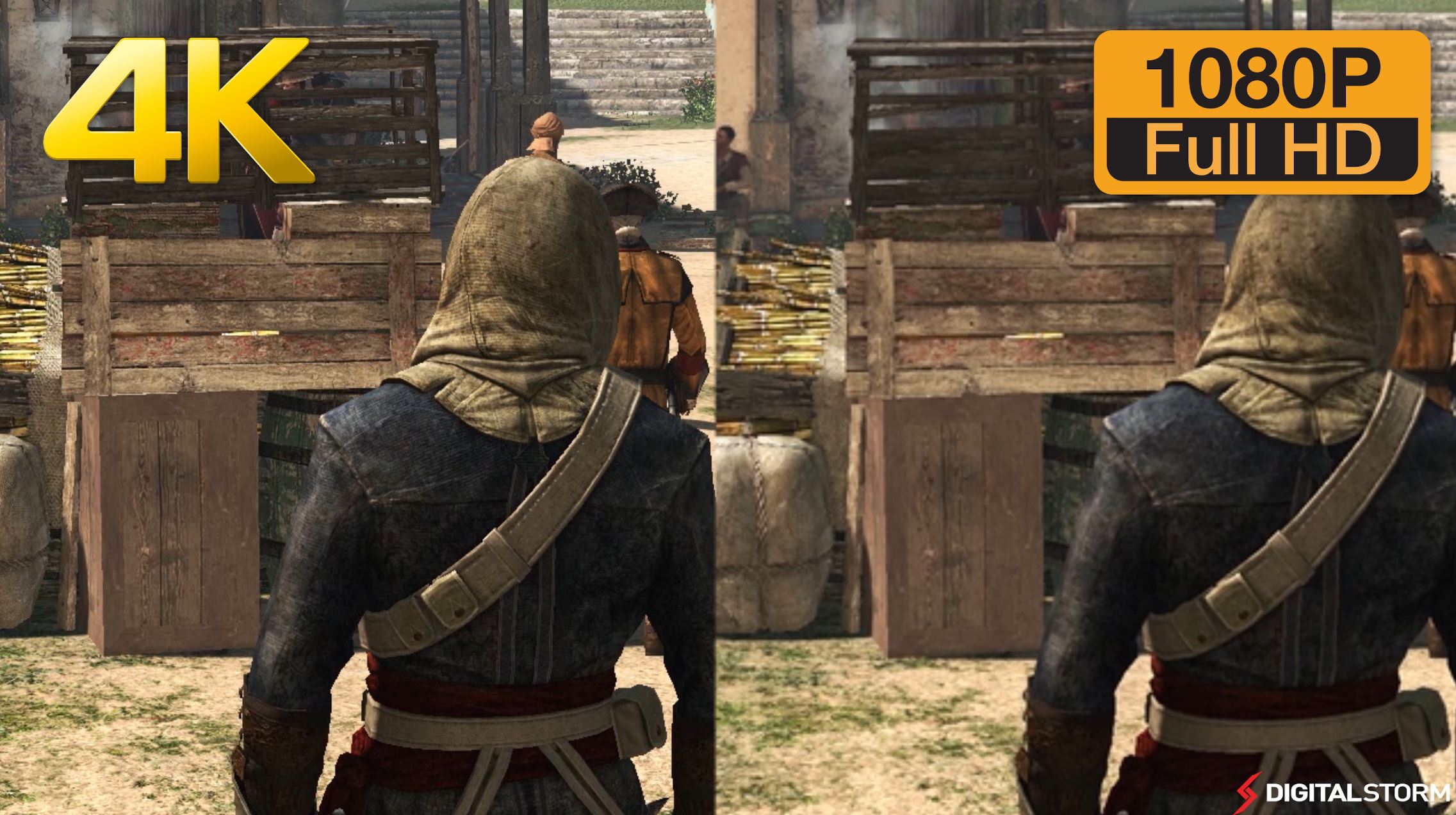In a new tech session this week, Cerny walked through more details of the PS4 Pro, including what the extra 1GB of DDR3 RAM is used for.
”We felt games needed a little more memory, about 10% more. So we added about a gigabyte of slow, conventional DRAM to the console," Cerny told Gamasutra. He continued by explaining that the PS4 Pro handles switching between applications (like Netflix) and a game differently, freeing up almost 1GB of 8GB GDDR5 RAM:
On the standard [PS4], if you're swapping between an application like Netflix and a game, Netflix is still resident in system memory, even when you're playing the game. We use that architecture because it allows for very quick swapping between applications. It's all already in memory.
On PS4 Pro, we do things a bit differently. When you stop using Netflix, we move it to the gigabyte of slow, conventional DRAM. Using that sort of strategy frees up almost a gigabyte of our 8GB of GDDR5. We use 512 megabytes [of that] for games, which is to say that the games can use 5.5GB rather than 5 GB. And we use most of the rest to make the PS4 Pro interface 4K, rather than the 1080p it's been to date. So when you hit the PS4 button, that's a 4K interface.
As Eurogamer explains it, the additional 1GB of RAM is used to swap out non-games apps from the 8GB of GDD5 RAM. 512MB is available to developers for 4K render targets and framebuffers, while another 512MB is used for handling a 4K version of the dynamic menu front-end.
According to Cerny's estimation, the PS4 Pro's 8GB of GDDR5 RAM has seen a roughly 24% frequency boost, and it now runs at around 218GB per second (standard PS4 is 176GB/s).


